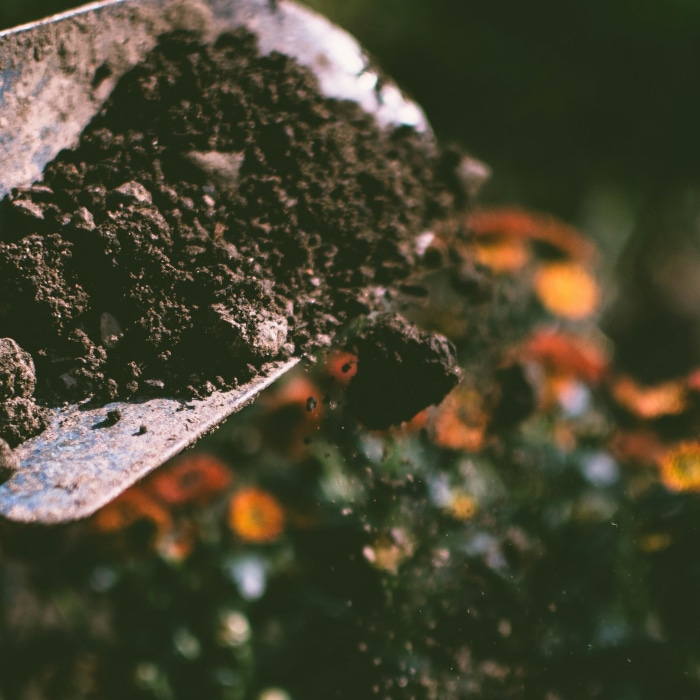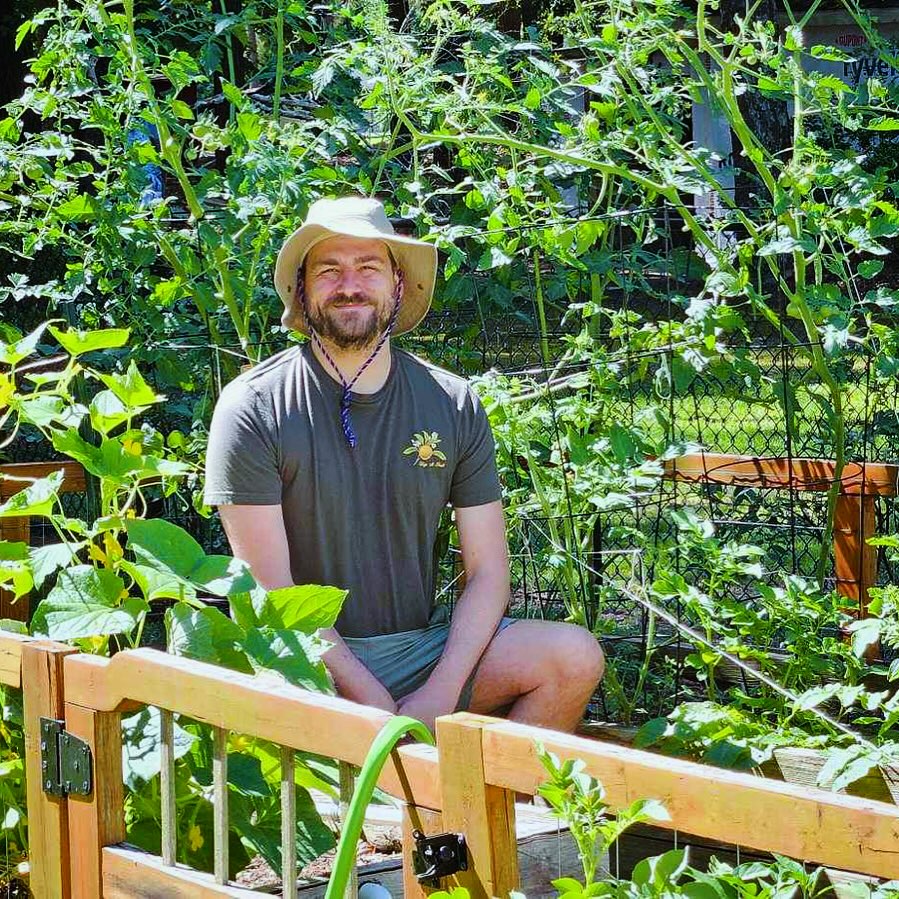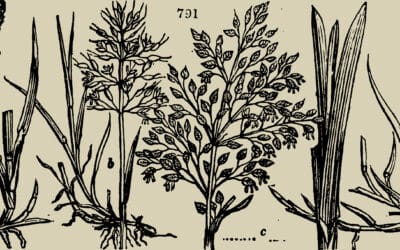The stability of soil is a foundation for both healthy gardens and towering buildings. Yet, the challenge of unstable soil—be it for a garden or a construction project—creates a big challenge.
The frustration of water runoff, poor aeration, and the risk of foundation instability due to compacted soil can rattle even the most spirited gardeners.
However, the scientific method of the Soil Compaction Test, especially the Proctor Compaction Test, is a type of soil testing that offers a way to decide what is the optimal moisture content for soil to achieve its maximum density and strength.
TL;DR
We aim to:
- Highlight the Proctor Compaction Test as the definitive method for determining ideal soil moisture for compaction.
- Discuss the development of two test versions: Standard and Modified, to cater to different compaction force requirements.
- Emphasize the test’s role in identifying the maximum moisture level for peak soil density, necessary for structural and planting projects.
- Note the importance of the test in construction and landscaping, ensuring soil stability and support.
- Show how the test’s findings contribute to sustainable construction practices and environmental protection.
Understanding Soil Compaction Test
Soil compaction occurs when particles are pressed together, reducing the air voids and increasing density. This process can significantly impact water retention, aeration, and the soil’s ability to support plant life and structures.
The Proctor Compaction Test, a base Soil Compaction Test, assesses how moisture content affects soil compaction to achieve maximum density.This knowledge is not just academic; it influences how we manage gardens and construction sites to ensure stability and growth.

A young plant sprouting from rich, loamy soil, gently cradled by a human hand, symbolizing growth which could be impacted by a soil compaction test.
The Proctor Compaction Test Explained
The Proctor Compaction Test, created in the 1930s, exists as the definitive method for gauging the ideal moisture content necessary for soil compaction. This test is highly important for establishing the moisture level at which soil can be compacted to its maximum density, optimizing the soil’s structural integrity and stability.
The evolution of the Soil Compaction Test into two distinct variations—the Standard Proctor Test and the Modified Proctor Test—reflects its adaptation to many different engineering needs. The Modified Proctor Test, introduced to address the demands of modern construction and simulate the effects of heavier compaction equipment, applies greater force.
Understanding this difference is important for projects ranging from small-scale gardening to large-scale construction, as it affects the choice of test based on specific project requirements and anticipated compaction equipment. Compaction may also affect your soil’s pH, as informed by using your soil pH tester.
The center of the Proctor Compaction Test lies in its ability to identify the soil’s optimum moisture content, where the soil reaches its peak density and offers the best support and stability for structural foundations or plant growth.
By measuring the soil’s dry density across a range of moisture levels, the test charts a compaction curve, discovering the moisture content that achieves maximum compaction efficiency.
This detailed approach not only enhances our understanding of soil behavior under different moisture conditions but also guides the preparation and compaction strategies in construction and landscaping projects.
It ensures that the soil foundation is neither too brittle (under-compacted) nor too resistant to water penetration and root growth (over-compacted), striking a balance that is important for the success of any project involving soil compaction.
As environmental considerations and sustainable practices gain attention, the Proctor Compaction Test stands as proof of the integration of scientific precision with practical use.
It shows how informed, data-driven decisions can lead to more sustainable construction practices and gardening approaches, going along with the broader goals of ecological protection and resource conservation.
Equipment and Procedure
Carrying out the Proctor Compaction Test requires specific equipment, including a mold, rammer, and sieve. The process begins with preparing the soil—drying, pulverizing, and sieving it.
Then, the soil is compacted in the mold in layers, each receiving a set number of rammer blows. Through this detailed procedure, I learned firsthand the necessary balance of moisture in achieving optimal soil compaction.
This balance is key, whether preparing a garden bed or laying the foundation for a structure, highlighting the test’s common purpose across applications.
Analyzing the Results
The results from the Proctor Test describe the relationship between soil moisture and density, revealing the optimum moisture content for maximum density. This optimum point is important for anyone looking to enhance soil for planting or construction.
It’s a fine line between under-compacted soil that lacks stability and over-compacted soil that resists water penetration and root growth, a balance that this test helps to achieve.

A shovel digging into dark soil, an action that might precede a soil compaction test to assess ground suitability for gardening.
Applications of Soil Compaction Tests
The implications of the Soil Compaction Test extend far beyond academic interest, impacting real-world projects from garden beds to construction sites.
Testing soil is a detailed process and comes in many forms, from a soil salinity test to carrying out a soil nutrient analysis. Understanding the soil’s optimal moisture content for compaction informs decisions that make sure gardeners achieve the stability of structures and the growth of plants.
The soil compaction test is proof of the interconnectedness of science and real-world use in our ongoing relationship with the land.
Conclusion
The Soil Compaction Test offers a scientific approach to understanding soil compaction, combining theoretical knowledge with practical use. It serves as an important tool for anyone looking to optimize soil conditions, ensuring stability, and supporting growth.
As we work towards sustainability and self-sufficiency, this test provides a foundation for informed decision-making, whether in the garden or on the construction site. Embracing this method is a step toward responsible protection of our most precious resource: the soil that supports all life.







